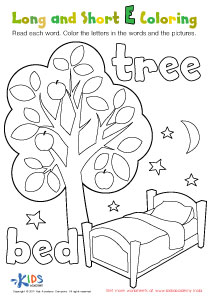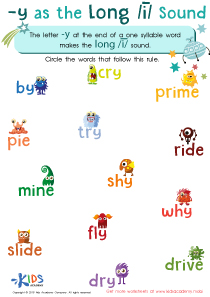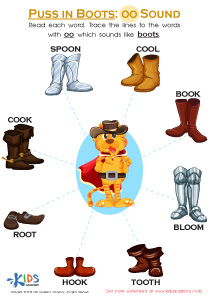Silent Vowels Worksheets for Ages 4-6
3 filtered results
-
From - To
Explore our engaging "Silent Vowels Worksheets for Ages 4-6" designed to enhance phonics skills in early learners. These worksheets provide a fun and interactive way for young children to identify and practice silent vowels through various activities, including coloring, matching, and tracing. Perfect for parents and teachers, each worksheet supports foundational reading skills while keeping kids entertained. Encourage your child's literacy journey as they learn the importance of silent vowels in words, improving their confidence and proficiency in reading. Download our worksheets today and help your child unlock the mysteries of language in an enjoyable way!
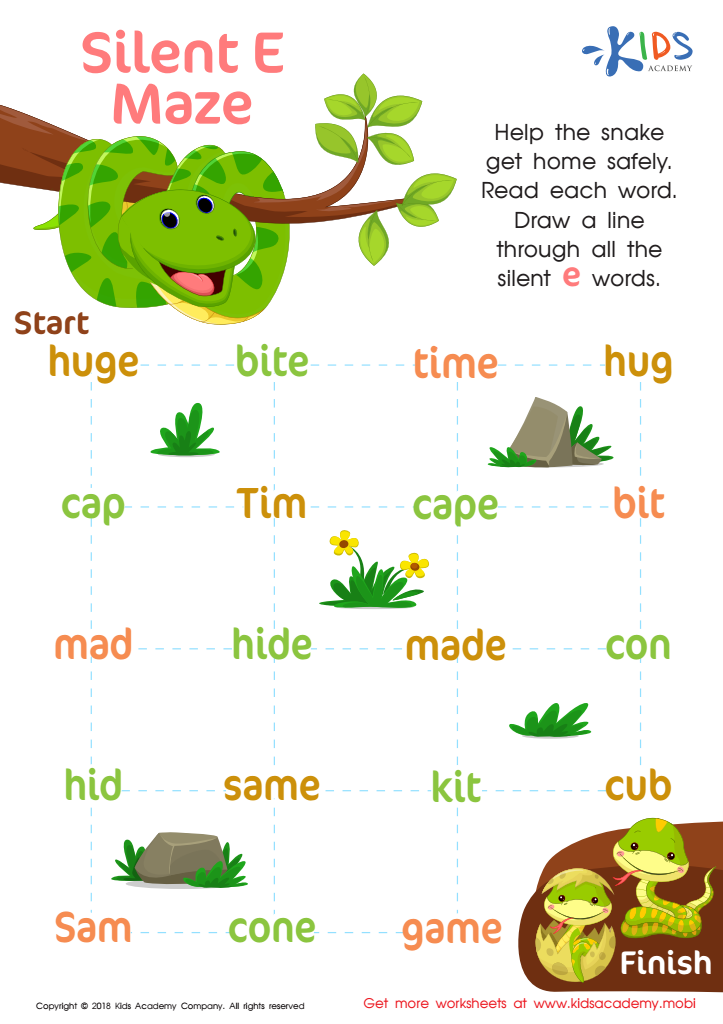

Silent E Maze Worksheet
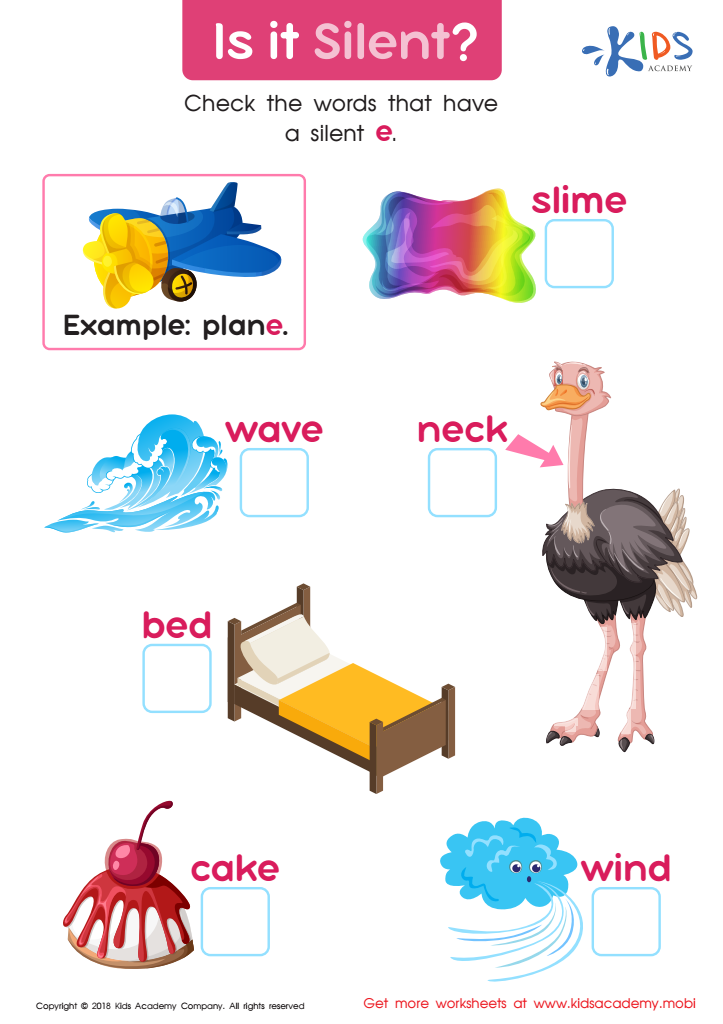

Is It Silent? Worksheet
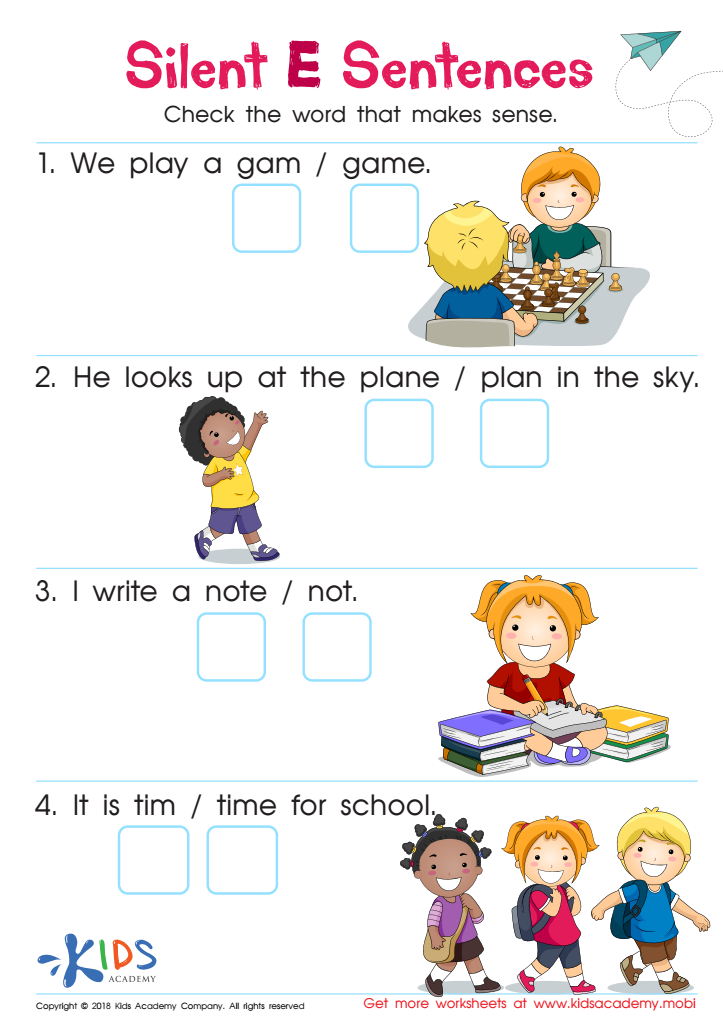

Silent E Sentences Worksheet
Silent vowels may seem like a small detail in language, but they play a significant role in helping early learners grasp phonics and spelling. For children aged 4-6, understanding silent vowels—like the 'e' in "make" or "time"—is essential to developing reading skills. Parents and teachers should care because this foundational skill enhances a child's ability to decode words accurately, leading to better comprehension and fluency.
When children learn about silent vowels, they become more aware of word structures, making it easier for them to tackle unfamiliar words. This awareness fosters confidence and encourages initiative in reading, ultimately sparking a lifelong love for literature. Moreover, recognizing silent vowels helps in spelling accuracy, which is vital for effective writing.
Involving children in fun activities—like word games or storytelling—focusing on silent vowels also enhances language development and critical thinking. Ultimately, understanding silent vowels shapes a comprehensive approach to early literacy, equipping children with important tools for academic success. By investing time in addressing silent vowels, parents and teachers empower children to navigate the complexities of language with greater ease and enjoyment.
 Assign to My Students
Assign to My Students




